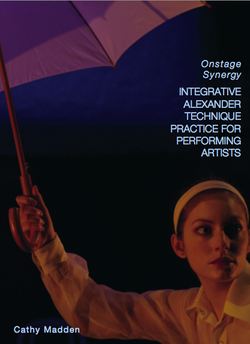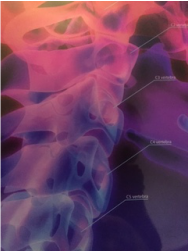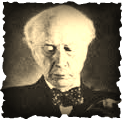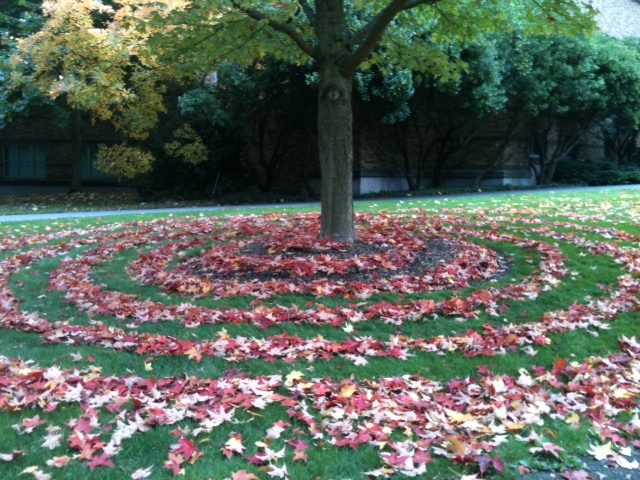
Following is the copy from the acknowledgement page. I offer it here in hopes of reaching everyone whose quests, questions, and curiosity helped me develop this work.
Acknowledgements
The first acknowledgment goes to all the performing artists who have helped shape this work – the members of my theater company, Washington Street Players Place in Lincoln, Nebraska; The Performance School artists; and the performing artists of the Alexander Technique Training and Performance Studio; the current students and the alumni of the University of Washington School of Drama’s Professional Actor Training Program; the artists of Lucia Neare’s Theatrical Wonders; and performing artists from Alexander Technique communities worldwide. I am a most appreciative audience and ever grateful for what you share with me.
The University of Washington School of Drama Professional Actor Training Program has been my artistic home since 1986. I am grateful for the collaboration and support of its faculty and staff. I want to especially acknowledge Professor Emeritus Jack Clay, who, unbeknownst to him, was indirectly responsible for my study with Marjorie Barstow, and later invited me to join the faculty of the Professional Actor Training Program; Professors Steve Pearson and Robyn Hunt, for supporting an even more in-depth integration of the Alexander Technique into the program; Professors Sarah Nash Gates, Mark Jenkins and Valerie Curtis-Newton, for their ongoing support; my faculty collaborators, both current and past: Geoffrey Alm, Jeffrey Fracé, Scott Hafso, L. Zane Jones, Judy Shahn, Andrew Tsao, Jeff Caldwell, Judi Dickerson, Max Dixon, Connie Haas, Jon Jory, Betty Moulton and Shanga Parker.
I would also like to thank the Helen Riaboff Whiteley Center located at the University of Washington’s Friday Harbor Laboratories (FHL), for providing a refuge to begin writing this manuscript.
Thanks also to Professor Sidney Friedman, who invited me to participate in a workshop with Marjorie Barstow by simply saying, ‘I think you might like it’.
I am grateful to Matt Goodrich for what he describes as ‘various editorial roles’. His contribution to preparing the manuscript for publication exhibits the same commitment to the extraordinary that infuses his piano performance.
Thank you as well to Jessica Mitchell of Intellect Books for her guidance in bringing this book to publication.
For those of you in Seattle, there is a reading and book launch January 15, 2015 :
University Bookstore
4326 University Way NE
Seattle, WA 98105
7:00 p.m.
Please join me if you can to celebrate the book’s publication!
( The book is currently on backorder on Amazon, and you could also order it through the University of Chicago Press.)







 RSS Feed
RSS Feed